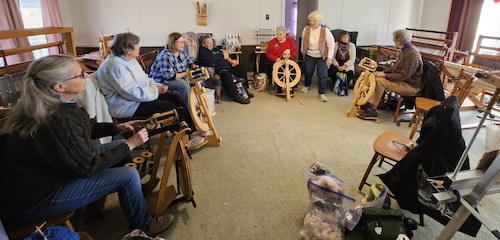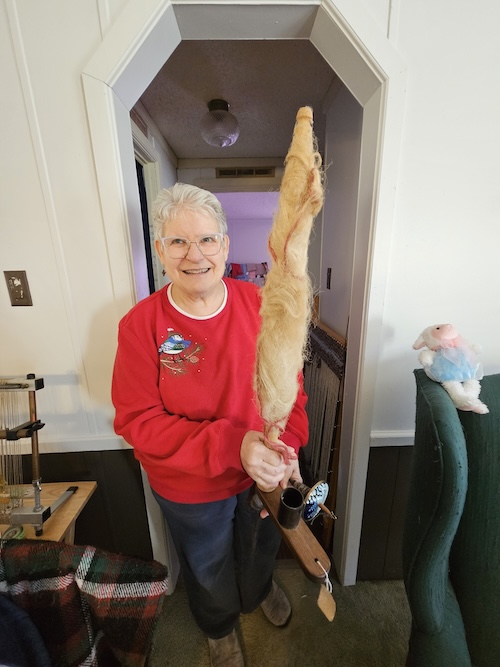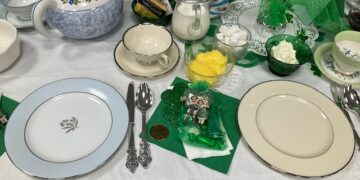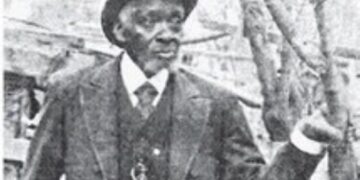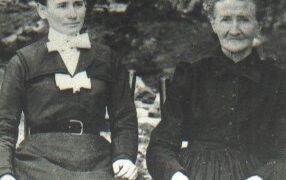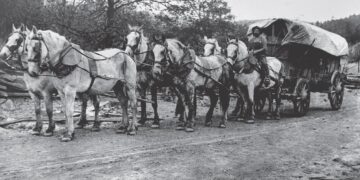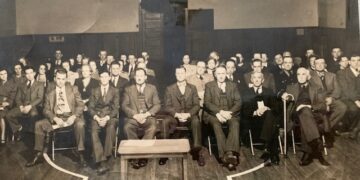If you are a fiber artist- a knitter, spinner, or weaver, you are probably familiar with the holiday Roc Day. January 7, also known as Saint Distaff Day,
A medieval celebration, Roc Day was observed by women after celebrating the 12 days of Christmas. An unofficial holiday, according to the Textile Research Centre, “it was the day that women could make jokes at the expense of men. The men themselves went back to work on the Monday (sometimes called Plough Monday) immediately following St. Distaff day.”
For those not familiar with spinning, the distaff is the part of the spinning wheel that holds the extra flax or wool while the woman is spinning.
Celebrated the day after the Feast of the Epiphany, most flax spinning wheels had an attached distaff to hold the fiber. Nowadays, some modern spinning wheels have optional distaff attachments. In some European languages, the word “roc” or “rok” means distaff.
Years ago, spinning was a necessity and a part of a woman’s duties. In the 16th to 19th centuries, the distaff was a fundamental tool used by women to create their clothing and textiles. Nowadays, the fiber arts are experiencing a resurgence, as some people favor getting away from mass-produced commercial items, by creating their own yarns from local, known sources.
A collection of poems, Hesperides, by Robert Herrick in the 1600s, includes one about St. Distaff Day.
Studio 259, a fiber arts studio in Fulks Run, held a gathering of spinners, knitters, and weavers, to celebrate Roc Day on Saturday, January 4th.
Friends old and new got together, bringing food and stories to share, while working on fiber projects. Local fiber artists, Vicki Mongold and Sue Ober, founders of Studio 259, celebrated every year at different locations with fellow spinners and weavers. Now, their Studio 259 is the place to be!
Participants this year included, Sue Ober, Vicki Mongold, Pat McNally, Debbie Forrest, Judy Mongold, Dede Stroup, Karen Morris, Penny Hollabaugh, and Ann.
